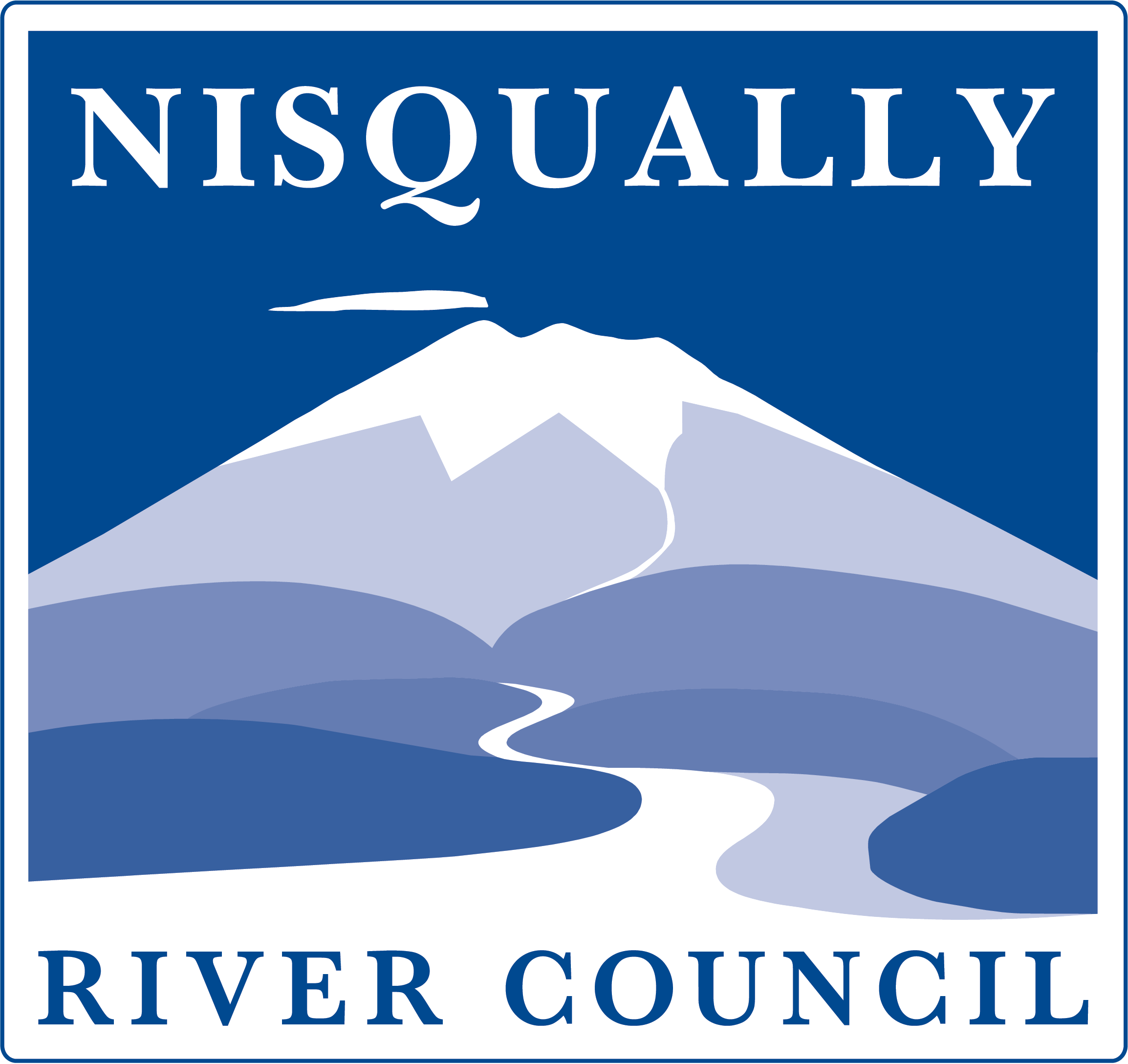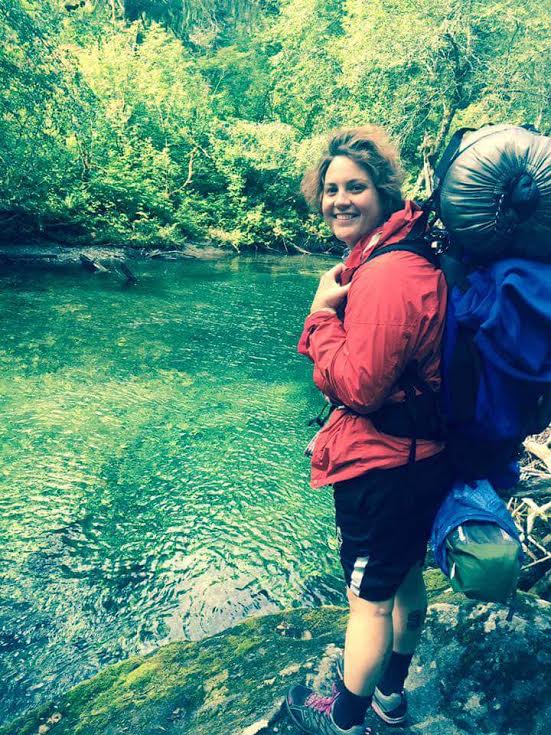There is a $3 million budget deficit in protecting and restoring the Nisqually River watershed, all while the watershed itself pumps as much as $4 billion into the local economy each year.
“It’s kind of crazy to think that we underfund the protection and restoration of something so valuable,” said David Troutt, chair of the Nisqually River Council and natural resources director at the Nisqually Tribe. The tribe recently funded a pair of reports exploring the value of the Nisqually watershed’s value and how best to overcome the funding gap to protect the watershed.
“But, it makes sense when you realize that most of that funding is coming from outside the watershed by federal and state sources,” Troutt said. “It is possible that instead of looking away from home to protect our watershed, we could look at ourselves and the people that benefit from the services that the watershed provides and the folks that visit and recreate in the watershed.”
The natural functions of the Nisqually River watershed – services such as availability of water and floods control – are valued between $280 million and $4 billion, according to a previous report by Earth Economics. Yet, there is isn’t enough money being put towards protecting those services.
Earth Economics recently completed another study of 7 local funding sources that could support the natural functioning of the Nisqually River watershed. “We know a healthy environment benefits the economy,” said Justin Hall, executive director of the Nisqually River Foundation.. “Now, we’re trying to answer the question of how we invest in that natural capital.”
“Important aspects of our economy, including flood protection, clean drinking water, and natural beauty, grow because of a good quality natural environment,” Troutt said. For example, the Nisqually watershed provides much of the drinking water for the city of Olympia. If that clean water had to be replaced with water from a water treatment plant, it would cost the city tens of millions of dollars.
Funding for watershed protection could come from sources like a watershed protection fee or a stewardship fee. A protection fee would add a surcharge onto water customers that use Nisqually water. A stewardship fee would take the form of an added fee onto local attractions like Mt. Rainier National Park. “The idea is to tie the funding source to an activity that is gaining from the ecosystem services provided by the watershed,” Hall said.
The Nisqually River Council developed a Stewardship Plan in 2005 that maps out how to protect natural resources while also expanding the local economy. “We took a long view of not only protecting the natural resources we had available, but also expanding tourism, protecting scenic vistas and encouraging sustainable development,” Troutt said.




